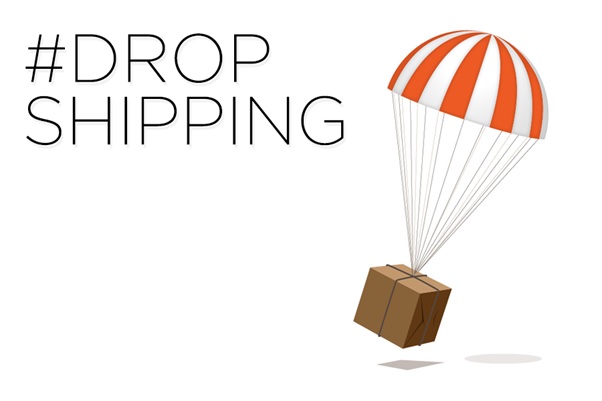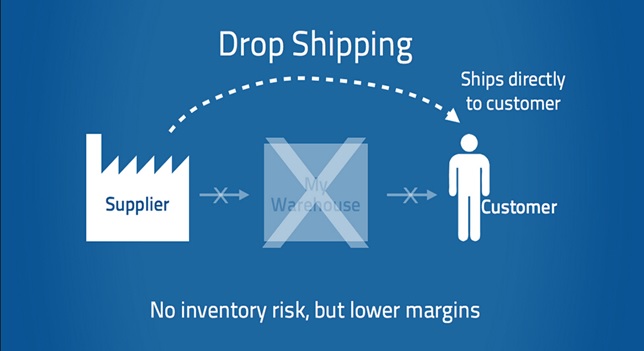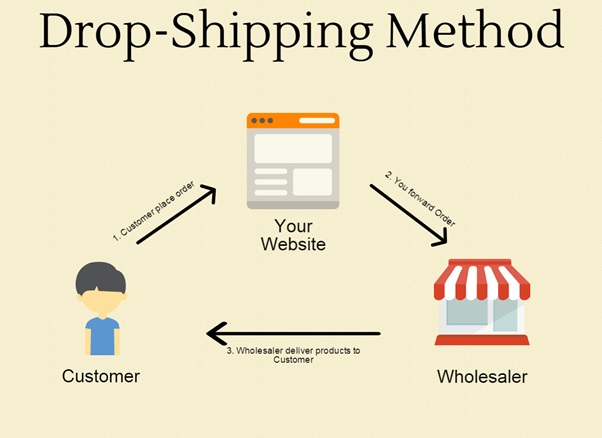
![]()
The ecommerce industry has experienced a massive boom and a sudden surge only in the last few years; well, growing consumerism has had a role to play in that. This low cost method of selling online has not only encouraged small scale businesses to their spread wings but has also sprouted innovative business models to conduct the retail trade. One of them happens to be Drop Shipping.
What is drop shipping all about?
Put simply Drop Shipping is a fulfillment method where a store doesn’t hold the products it sells in stock. Instead, when a store sells a product, it purchases the item from a third party (usually the manufacturer or wholesaler) and has it shipped directly to the customer.

Image source: http://ecommerce24.in/blog/wp-content/uploads/2016/02/Dropshipping.jpg
So, in Drop Shipping one simply becomes a middleman doing the marketing and customer interaction to close the sale thru an Online Store, thereafter coordinating the order fulfillment with the manufacturer. For small scale businesses, this has been a boon in disguise as it comes loaded with benefits and cuts down on expenses as well.
Benefits of Drop Shipping

Image source: http://blog.dhgate.com/wp-content/uploads/2015/12/drop-shipping.jpg
These are some of the benefits you get with drop shipping:
- Low start-up costs – With drop shipping, you won’t have to worry about investing a ton of money for setting up the store. This kind of a business model is perfect for small businesses who typically don’t have deep pockets
- No geographical barriers– You aren’t geographically limited. It doesn’t matter where you run your business from. Why, you could even do it from the comfort of your own home
- Versatile and Scalable – This Business model offers tremendous Scalability. Increased volumes can easily be accommodated thru your online store whereas the fulfillment responsibility continues to remain with your Supplier. So, your operational hassle doesn’t really increase even though your Sales may
- Hassle free – You just have to focus on the key aspects of marketing and customer interaction portion thereby allowing you to build customer intimacy and loyalty. You don’t get bogged down with inventory management, cash-flow problems and operational issues.
How to go about it?

Image source: http://www.easyparcel.my/blog/wp-content/uploads/2015/10/Drop-Shipping-Method1.png
Step 1. Choose a niche. You need to know which industry segment and what products you want to specialize in before you actually take the plunge. You should research well and identify your niche before you actually start out.
Step 2. Set up an online store with good user experience and content on a reliable ecommerce platform. Your online store should be able to engage and convince your target audience. Here are some of the pre-requisites for an ecommerce site before you decide to go ahead
Step 3. Get hold of a reliable wholesaler. In drop shipping, you need to have clear lines of communication with your wholesaler. You should be able to rely on them.
Step 4. Online Marketing and Customer Service are key to a successful Drop Shipping business. Leverage on Search Engine Optimization and online advertising with google AdWords. These will help generate leads and even convert them.
Step 5. Ensure that you provide a consistently outstanding service throughout. When you’re still new in the business, you should aim for the stars if you want to please customers.
Common pitfalls of drop shipping
Three of the common problems in drop shipping are:
- You will have to rely completely on suppliers. As any ecommerce expert will tell you, that wouldn’t be the wisest thing to do when you’re just starting out.
- Are you appointing multiple suppliers? Well, that could result in some complications in shipping since you would have to deal with more than one shipping cost.
- The quality is entirely in the hands of the supplier since it would be delivered directly. Thus, quality control is one of the problems.
By now, you have a fair idea of what drop shipping is and how to implement it in your business. You also have a thorough knowledge of the perks and pitfalls of the model. Now, suffice to say, you’re more than equipped to make an informed decision for your business.


